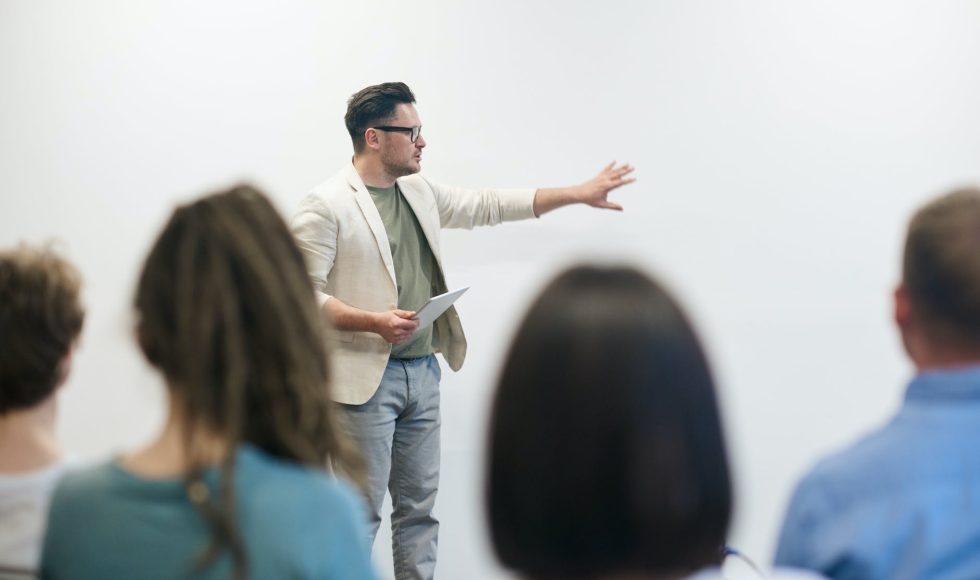Today I watched a ROSE seminar agbout first-day experiences in STEM courses. Claire Meaders presented work done as a postdoctoral scholar with Michelle Smith, Brian Couch, and A. Kelly Lane, among others. Meaders asked the audience: why does the first day matter? Citing Vygotsky 1978: “Every class is a social context in which learning is shared between people. Meaders mentioned that students want to know about the course policies, professors, and how the course will help them on the first day. Following up on McCann’s work, Meaders learned that students don’t want poor use of class time, content to start on day 1, and uncaring or intimidating environments. Meaders mentioned that self-disclosing from instructors seems to have a positive effect. Other first-day impacts on motivation based on Wilson and Wilson 2007 included video introductions. In Lane & Meaders 2021, the team looked at time spent on policies and basic information or STEM content. Instructors who covered content on the first day covered policies less. They grouped faculty together based on the clustering of activities and the percent of class time used. Meaders spoke about how the research team looked at how instructors switched back and forth between topics by plotting time spent and topics… and comparing different instructors. STEM content was typically covered at the end of the period though there was variation in the pattern. Using the non-content instructor talk framework from Seidel 2015 and Harrison 2019 from Tanner’s group, Meaders and colleagues coded non-content instructor talk by the minute. In another study, they coded instructor video and audio from 11 courses during the spring of 2020 at two research-intensive Ph.D. granting universities. The courses represented seven STEM disciplines. They also surveyed the students to learn what messages were detected. The categories of talks they established were discussing instructional practices, building instructor/student relationships, sharing strategies for success, sharing personal experiences, introducing others, discussing post-course goals, being explicit about the nature of STEM in order of frequency detected. I thought it was interesting that they asked if students “reached consensus” that a message was received. In some categories of non-content talk, students didn’t reach a consensus, though there were some class periods with strong student consensus. I love this approach! One of the takeaways Meaders mentioned was to pay attention to the messaging. Instructor traits and beliefs were more salient in impacting students’ attitudes in the course: “she was very kind and enthusiastic. She wanted us all to succeed” was a quote Meaders shared.
In summary, Meaders mentioned that instructors generally use positive talk and negative talk is typically “mixed messages,” and they recommend having objectives for the first day of class. Students detect higher frequency messaging: therefore, “dedicating longer stretches of time, or also mentioning messaging multiple times throughout a class period can help students detect messaging.” Students most commonly express positive feelings, and using non-content messaging on the first day of class will impact student motivation.
They are now looking at instructor talk and how instructors are using language for diversity, equity, and inclusion, moving away from the first day. Claire Meaders was asked about activities on the first day of the classes she teaches. She weaves in messaging for how to succeed in the course and policies. Another question Meaders was asked was how to introduce students in large courses. Meaders uses the pre-class survey data and a slide to prompt students that they will be asked to share a response with a neighbor later on. Meaders also uses introductory slides and a photo of something meaningful. Then, she plays the slides during the first five minutes of class. The audience shared great ideas in the chat, and I admire the coding involved in Meaders’ studies. I wonder if Meaders can speak at FALCoN to encourage instructors to think about the messaging on day one of the spring 2022 semester?



